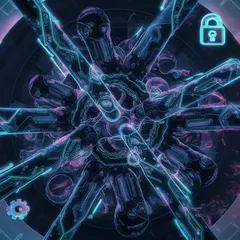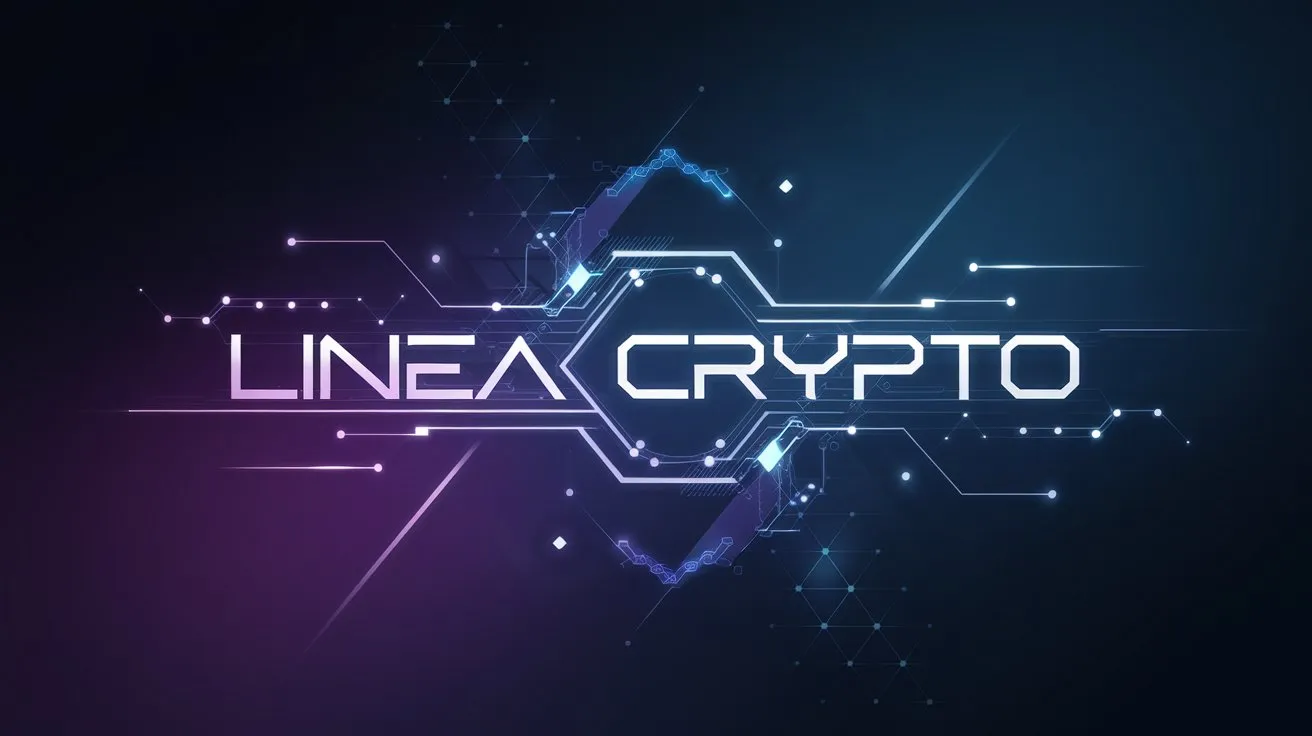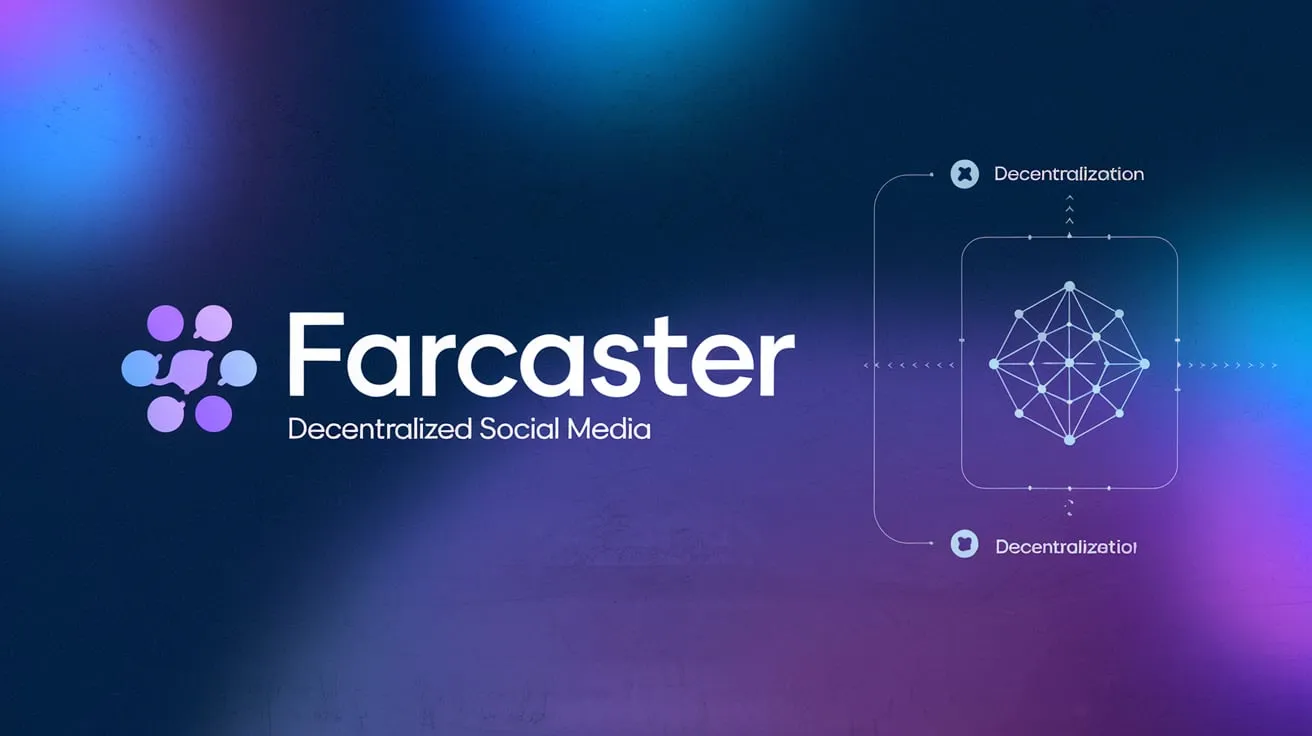Testnet Definition: Exploring the World of Crypto Testnets
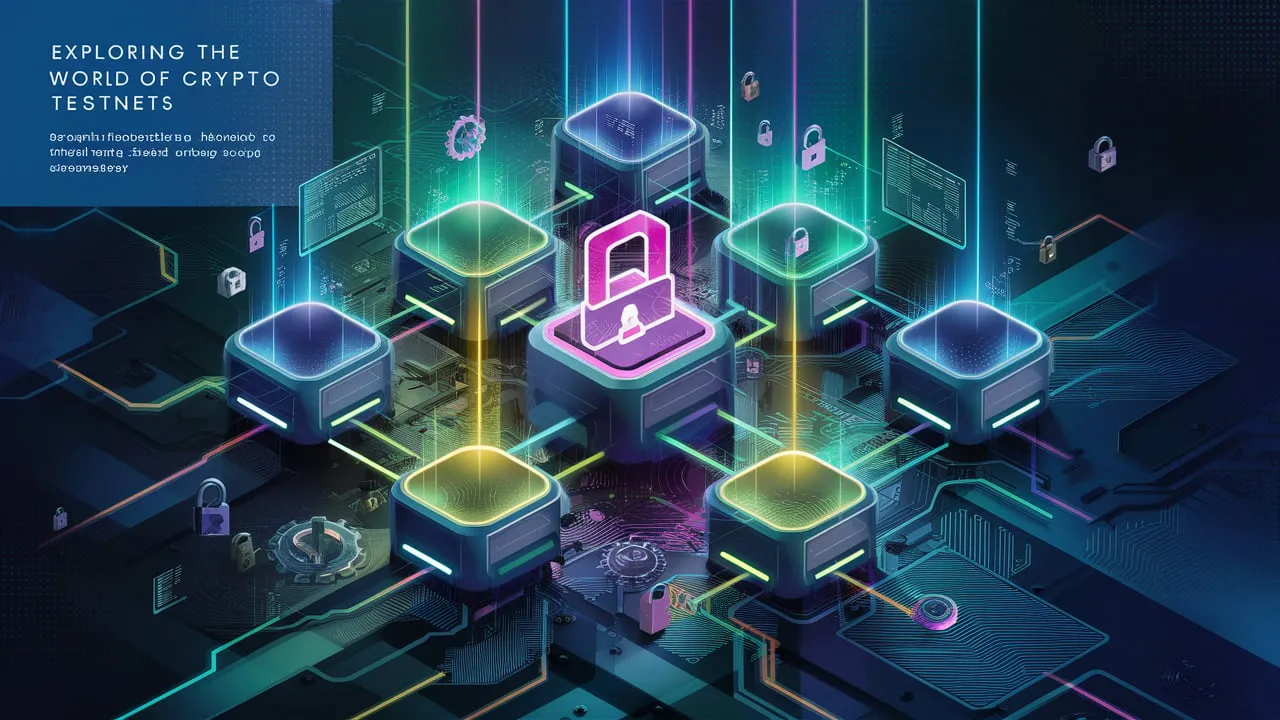
Are you new to crypto or a developer looking for more information on testnets? Based on facts and figures, this article is your surest guide toward understanding the world of Testnets.
A testnet is an exact duplicate of the blockchain system developed only to test new goods and services. It helps to prevent delays, errors, and harm to the main blockchain protocol.
Join us as we explain what a testnet is, how it works, the difference between testnets and mainnets, and popular testnets that are available.
What is Testnet?
A testnet is a parallel blockchain network that retains the mainnet's key features. Blockchain developers use it to test and experiment with emerging cryptocurrencies, decentralized apps (DApps), and smart contracts before launching them on the mainnet.
Testnet is a short name for Test Network. Separating it guarantees that the testnet crypto cost is zero. Unlike the mainnet, developers do not have to pay actual cryptocurrency while building smart contracts and dApps on testnets.
As a result, test networks have the potential to alter blockchain development by providing cost-effective procedures and other tangible benefits.
A test network offers a safety net for crypto users, programmers, and developers who want to learn new skills and try out new features without utilizing the main blockchain network.
How Testnets Work in a Blockchain
In this section, we will look at how the test network works for both the user and developer in the blockchain.
Following the debugging process, the changed codes can be tested in a sandbox. This launch helps with configuration testing and operation monitoring.
To ensure that the testing process runs smoothly, free tokens are used as gas fees. Even though these tokens are free, their supply is limited because testnet liquidity is lower than mainnet liquidity.
The computing burden required to run the testnet varies depending on a variety of factors, including the consensus technique used. Complex smart contracts or dApps add to the burden on the testnet.
In summary, the development team can:
- Upload features or upgrades to the testnet and evaluate how they work.
- During this analytical time, they look for code errors. This is commonly referred to as debugging in development circles.
- Following debugging, the code is run in a "sandbox," which is a controlled environment. This technique lets them test setups and see how the features will work on the mainnet.
- If the feature/update has faults or the primary goal for its development is not met, the team fixes all issues detected throughout the testing process.
- If the update passes all of the risk and security checks, it is sent to the community that supports the main blockchain.
Is buying BTC better than ETH? This blog post will give you the right answer you need before making that investment.
The Features of Testnets in Crypto
Knowing the features of testnets when it comes to crypto, will help you understand how it functions in the blockchain. In this section, we will list 5 basic features related to test networks.
1. Quick execution
Test networks are easier than operational blockchain networks, therefore actions are completed faster. As a result, testnet transactions are confirmed faster, allowing engineers to run a large number of tests in a short period.
This quicker execution capability enables developers to easily generate free coins on test nets. The advantage of mining different free currencies allows them to experiment with utility tokens with various attributes until they find the best one.
2. Creation of Genesis Block that can relate
Developers frequently build Genesis blocks on testnets that only run in the test domain. It resembles the mainnet in looks, but it is not operational.
This genesis block includes certain markers and shows how many currencies were produced. As a result, it is difficult to move testnet coins to the live blockchain or get digital assets from other sources.
This clear difference ensures that creation and functional blockchains remain separate systems.
3. Free Testnet Coins
It provides free cryptocurrency tokens and products that have no value anywhere. The sole purpose of supplying such tokens is to use them to conduct testing activities on that specific testnet.
For instance, the BNB Smart Chain network provides users with free Testnet BNB (tBNB) tokens.
Nevertheless, these tokens have no monetary value and are meant solely for testing and development on the blockchain network.
4. Strong Community Support
Community is a vital feature for blockchain-based projects, and testnet is no exception.
Testnets that operate on popular blockchain networks like Ethereum, Solana, and others are maintained by their communities via online platforms.
Users can approach the community for help testing and providing feedback on their dApps or other crypto platforms.
The programmers can also work together to evaluate new items on testnet that demand more knowledge.
Here is a crypto 101 video on Testnet for beginners who prefer to learn through YouTube
5. Various Consensus Mechanisms
It enables developers to use several consensus processes to fit their projects. The ability to select a consensus method enables developers to identify the optimal one for their platform or dApp.
Developers can use several consensus mechanisms, such as Proof of Stake (PoS), Proof of Work (PoW), and Proof of Authority (PoA), on several testnets at once.
Ultimately, the building team can assess the results and deploy which one is best suited to their mainnet.
Testnet vs Mainnet: How is Testnet Different from Mainnet?
Mainnet or main network consists of a single seamless wallet system that is applicable across the whole network. On the flip side, explaining the foundations of testnets to newcomers would highlight the use of different wallet systems in each test.
Independent wallet systems facilitate the management of currencies and transactions beyond the limits of the main net. You can also identify testnets by their unique network IDs.
The Ethereum network assigns network ID 1 to the Ethereum mainnet. On the other hand, the testnets have distinct network IDs, like 3 for Ropsten and 4 for Rinkeby.
Here is a summary of these two systems.
For Mainnet:
- Practical transactions and activities.
- Operations demand real cryptocurrency.
- Mainnet normally begins with "1".
- Large collection of nodes, heavy transaction.
- High security and real-world assets.
- Big impact on blockchain.
- Fully working, solid infrastructure.
- Tokens are not transferable across Proof of Work (PoW) and Proof of Stake (PoS).
- Bug bounty for security on the Mainnet.
For Testnet:
- Developer research and testing.
- Tokens hold no monetary value.
- Network ID and Genesis tests often use numbers such as "3" or "4".
- Fewer nodes and lower frequency.
- Mainly for exploratory purposes.
- Minimal impact on the entire ecology.
- A scaled-down network for experimenting
- Assets from it can be transferred to the mainnet.
- Concentrate on testing protocol updates.
- Smaller-scale bug bounty schemes on Testnet.
Popular Testnet Accounts in the Blockchain System
Major blockchain networks (base-layer protocols) came with a testnet to allow for network testing. The following are the most popular test networks in blockchain ecosystems.
These types of networks run on the Ethereum blockchain.
Sepolia
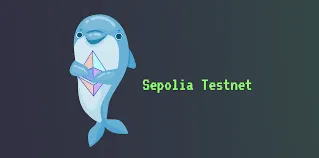
This has a reduced block time and was created to offer faster feedback and confirm transaction data for testing developers.
- This system was first implemented in 2021.
- Sepolia, which was initially built on a proof-of-authority (PoA) protocol, underwent a substantial transformation when the Ropsten testnet attained a terminal total difficulty (TTD) of 5,000,000,000,000.
- It switched to a proof-of-stake consensus algorithm. This allowed it to mirror the active Ethereum blockchain, which shifted at the same TTD height.
- The Sepolia simulates hashing network circumstances and runs with reduced block times. This allows it to validate transactions faster than the core Ethereum blockchain protocol, giving developers rapid feedback as needed.
Ropsten

This previous Ethereum testnet, introduced in late 2016, used a proof-of-work (PoW) consensus mechanism to allow developers to verify and assess network security issues.
However, this was closed due to a security breach in early 2017.
- It accepts both the Geth and Parity Ethereum node software.
- It is the final proof-of-work (PoW) testing facility for the Ethereum protocol.
- Ropsten provided a feasible sandbox for developers to test extremely harmful assaults on the network and assess its security.
Rinkeby
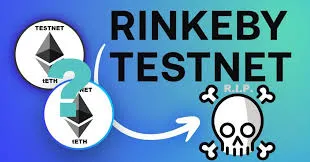
This Ethereum test tool was launched in 2017 and uses a Proof of Authority (PoA) consensus protocol to verify network transactions.
Developers utilized the deprecated test application to evaluate their smart contracts using free ETH tokens.
- Rinkeby serves as a PoW research chamber.
- It runs Geth node software and serves as a testing facility for Ethereum core developers to test new versions.
How to Use a Crypto Testnet Account?
Crypto test network accounts operate identically to their mainnet counterparts. If you want to provide helpful input on a new feature, take the following steps to become a tester:
- Setup a Crypto Wallet: Testnets are only available through cryptocurrency wallets. There are numerous choices on the market, like Trust Wallet, Metamask, Coinbase Wallet, Exodus, and more.
- Generate a Testnet Address: After creating the wallet, the following step is to generate a wallet address. This will be handy for receiving and storing test net currencies.
- Get Testnet Coins: The coins can be obtained at the various blockchain network's internet faucets. Another alternative is to ask for them from the underlying network.
- Join the Network: Now that the coins are in the crypto wallet, it's time to use the network. To get started, navigate to the test network and connect your cryptocurrency wallet.
This allows you to transfer and receive currencies, explore new features, and form an opinion about the network.
Final Thoughts
Testnets are isolated environments in which new features or updates can be tested without affecting the main network. They serve as an echo chamber in which developers may easily assess the direct impact of an upgrade without affecting the current blockchain's activity.
Although this piece outlined the fundamental differences between Mainnet and Test network, it is crucial to stay updated to prosper in the blockchain world.
FAQs
Can I make money with testnet?
The rewards range from tokens to large cash, depending on the severity of the issue. Test and provide feedback.
Actively using and testing software on the testnet enables users to contribute useful input to developers. This comments can help to enhance the project and potentially lead to prizes or recognition.
Are the testnet tokens worth anything?
Testnet bitcoin and other testnet tokens have no monetary value, but they are extremely useful for validating new upgrades, applications, and features before they are released on the live blockchain.
What is the objective of TestNet?
A testnet is intended solely for development and testing. Currency: The coins or tokens on a mainnet have actual economic worth. For instance, Bitcoin on the Bitcoin mainnet and Ether on the Ethereum mainnet can be exchanged, spent, and invested.
What is Mainnet?
The mainnet is a fully designed and running blockchain network that acts as the core infrastructure for a given coin.
It is the live, real-world counterpart of the Blockchain, where transactions are carried out, smart contracts are implemented, and actual value is transferred.
